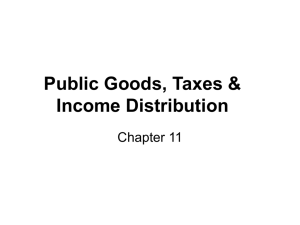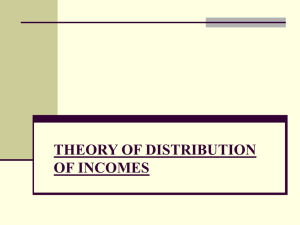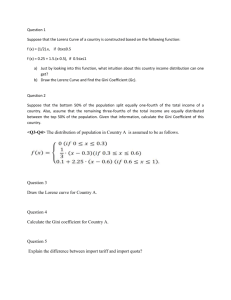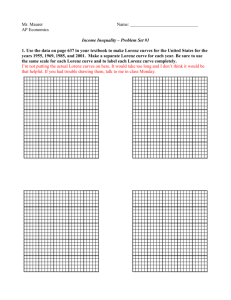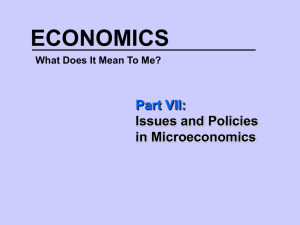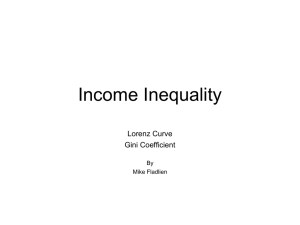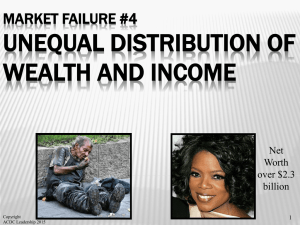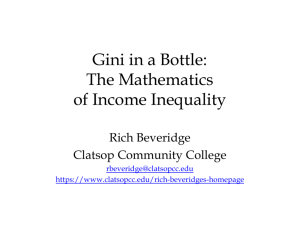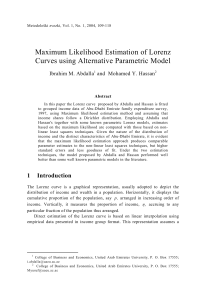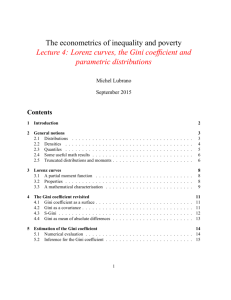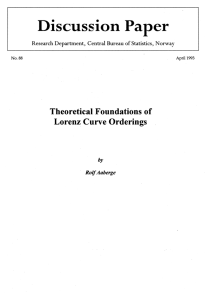EconWiki3.6
advertisement
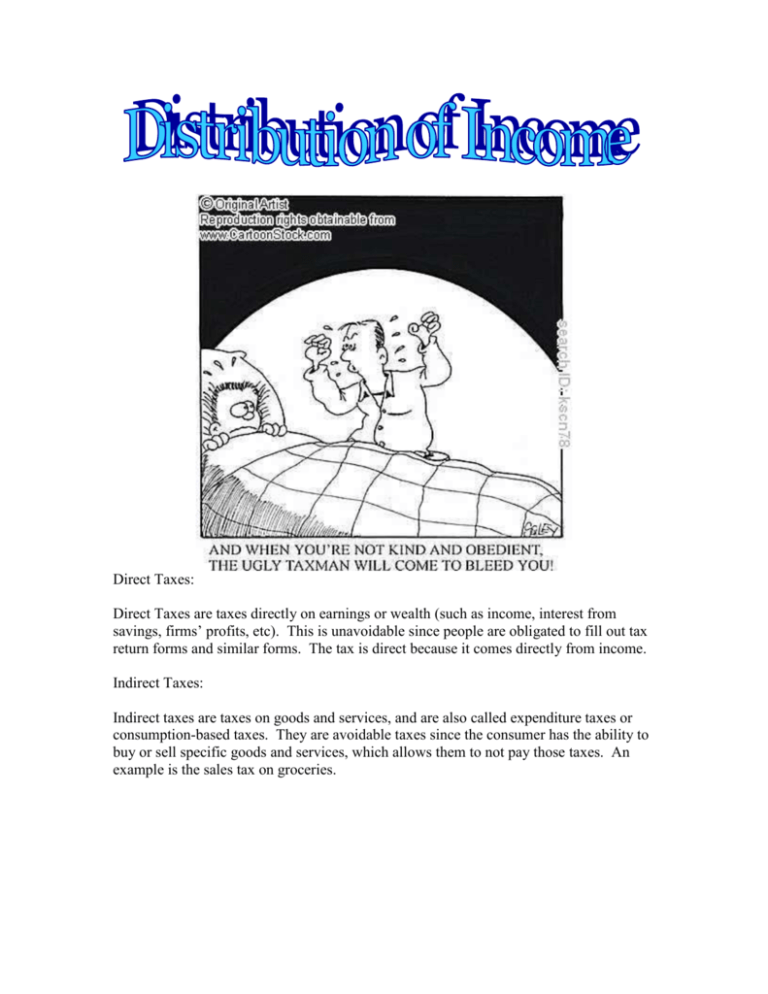
Direct Taxes: Direct Taxes are taxes directly on earnings or wealth (such as income, interest from savings, firms’ profits, etc). This is unavoidable since people are obligated to fill out tax return forms and similar forms. The tax is direct because it comes directly from income. Indirect Taxes: Indirect taxes are taxes on goods and services, and are also called expenditure taxes or consumption-based taxes. They are avoidable taxes since the consumer has the ability to buy or sell specific goods and services, which allows them to not pay those taxes. An example is the sales tax on groceries. Progressive Taxes: Progressive taxes are taxes that increase in percentage as the wealth or earnings of a person increases. This means that the richer people pay more money (as a percent of their total income) in taxes than the poorer. For example: most countries income taxes are progressive. They use tax brackets where earnings up to a certain point are only taxed at a certain percentage, but that percentage increases for every dollar passed that amount. The more money made, the more money is going to receive a higher taxation and thus a larger percentage of the total wealth is taxed at the higher level. Proportional Taxes: Proportional taxes are equal for all levels of income. No matter the wealth or earnings of a person, they will pay the same percentage of their income as all others. Proponents claim this is far simpler than the complex system of income taxes. It can also be called a flat tax. Regressive Taxes: Regressive taxe are the opposite of progressive taxes. Instead of the richer paying a larger percentage of their income, the poorer pay a larger percentage. An example is sales tax, because the $50 both might pay for the same set of goods is a larger percentage of the poorer person’s income than the richer person’s income. Transfer Payments What happens if the federal government wishes to achieve income redistribution? Most likely, they would use transfer payments. Transfer payments are payments from the government to individuals used to redistribute a country’s wealth. Some examples of this type of payment are social security, grants, pensions, welfare, and unemployment benefits. They do not create output nor do they directly exhaust resources, so they basically just shift the money supply around to benefit the masses, rather than the rich elites of society. Suppose that Molly is laid off from her job and is in the middle of searching for a new job. However, the economic crisis that is happening is preventing her from getting a decent job with a decent wage. Thus, she would ask the government for unemployment benefits and/or a pension with which to survive until she finds a job. The Laffer Curve The Laffer curve shows the relationship of the level of tax rates and the government revenue. According to the graph of the Laffer curve, shown below, there is an equilibrium point at which the maximum tax revenue is earned, which is at 50% tax rate. From there, revenue decreases as tax rates increase The Laffer Curve Revenue E 0 Tax rate (%) 100 Because of this particular relationship between tax rates and government revenue, this graph shows the government what tax rate they should impose for the maximum revenue, which would be at 50%. However, the masses would not agree with this extremely high tax rate, so the government would have lower the percentage so that they can still get some revenue and placate the masses. Thus, the government will never reach maximum revenue. Let’s say that the US government is wanting to redistribute the country’s income. Then, it would implement progressive taxes where the govt takes a higher percentage of the rich’s money than that of poorer people. Even if this means that their revenue decreases, this is what the government could do to achieve this goal. The Lorenz curve and the Gini index The Lorenz curve is a graph of the cumulative distribution formula. In other words, it is used to show how income is distributed within one society or country. For example, the US’s Lorenz curve would show that the bottom 20% of the society only owned 30% of its wealth while the top 20% (80%-100% on the x-axis) owns 40% of the wealth (60%-100% on y-axis). This curve is used to depict social (in)equality. Below is the graph itself. % of income The Lorenz Curve Perfect Equality Line 80 60 40 20 Japan 0 20 40 60 % of households Panama 80 100 Associated with the Lorenz curve, the Gini index is a statistical way (in %) to measure inequality and income distribution. It is defined as a ratio with values between 0 and 1 written as a decimal. While a low Gini coefficient indicates more equal income or wealth distribution, a high Gini coefficient shows more unequal distribution with 0 corresponding to perfect equality and 1 corresponding to perfect inequality. For example, the MDCs would have a relatively low Gini index while the corruped LDCs would have high Gini coefficients. If these surpass .5, it denotes that the country has market failure. In terms of the graph, the closer the curve is to the perfect equaltiy line, the lower the Gini index is (and vice versa). MINI-IA http://www.bloomberg.com/apps/news?pid=newsarchive&sid=aJ0_7qFlWdrI This article speaks about the state of South Africa’s economy as a result of the global economic crisis. The ruling African National Congress put out a statement in January 2009 that they will be making moves to improve the standard of living and to change the economic policies. One aspect of improving the standard of living was to reduce income inequality, which brings up the Lorenz curve. As South Africa is a LDC, it can be assumed that their Gini index, a statisitical measure of income equality with the range of 0 to 1, was above the .5 mark, showing market failure and income inequality. This assumption is correct, for in 2000, South Africa’s Gini coefficient was 57.1. Hence, its Lorenz curve, a graphical represntation of the Gini index, would be similar to that of Panama in the graph under the section. With a curve shaped like this, South Africa’s poor are not owning enough of the country’s welath to improve itself while the top elite of the country have a high majority of the wealth to become richer. Thus, the ANC is trying to improve income inequality so that the country as a whole can improve, as a solution to the global economic crisis.
